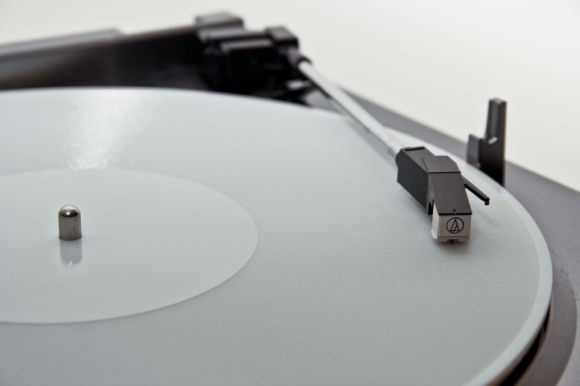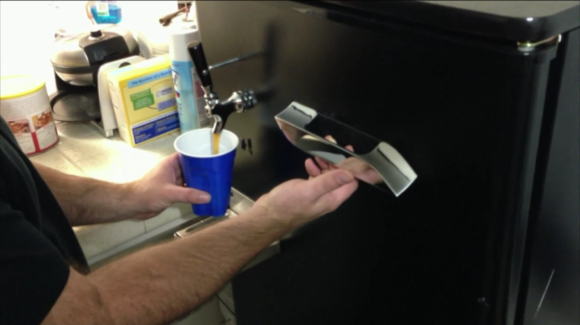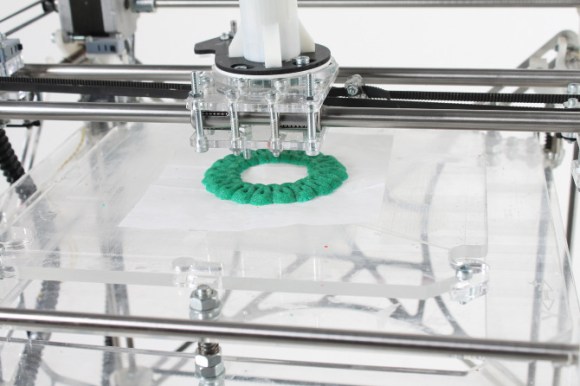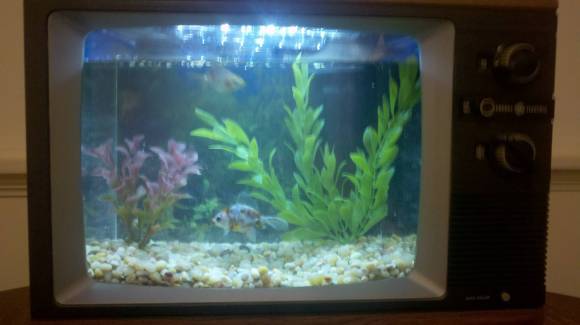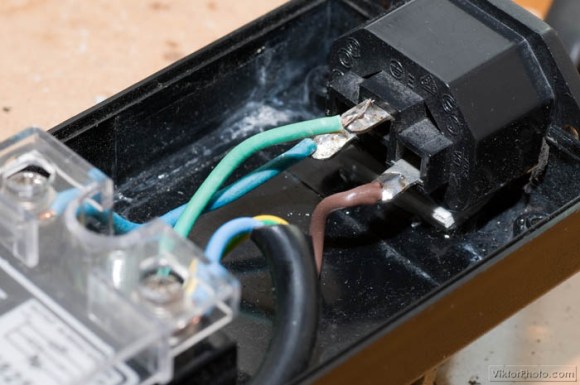
It wouldn’t be the holidays without an LED Christmas tree, and luckily [Danilo] brings the goods with an Arduiinofied LED Christmas tree (Italian, translation).
In the past week, we’ve seen LED Christmas trees of digital logic and a great freeform circuit version. Unlike these other builds [Danilo]’s LED tree uses a piece of protoboard masterfully cut into the shape of a Christmas tree. There’s no PCB for this build; just a lot of bare wires and a lot of patience.
Because [Danilo]’s tree makes use of the PWM pins on his Arduino, it was possible to connect his tree to the Arduino with a few 90 degree headers. This provides a great base for his tree and makes it possible to build a professional-looking enclosure for his project.
You can check out [Danilo]’s tree in action after the break.

